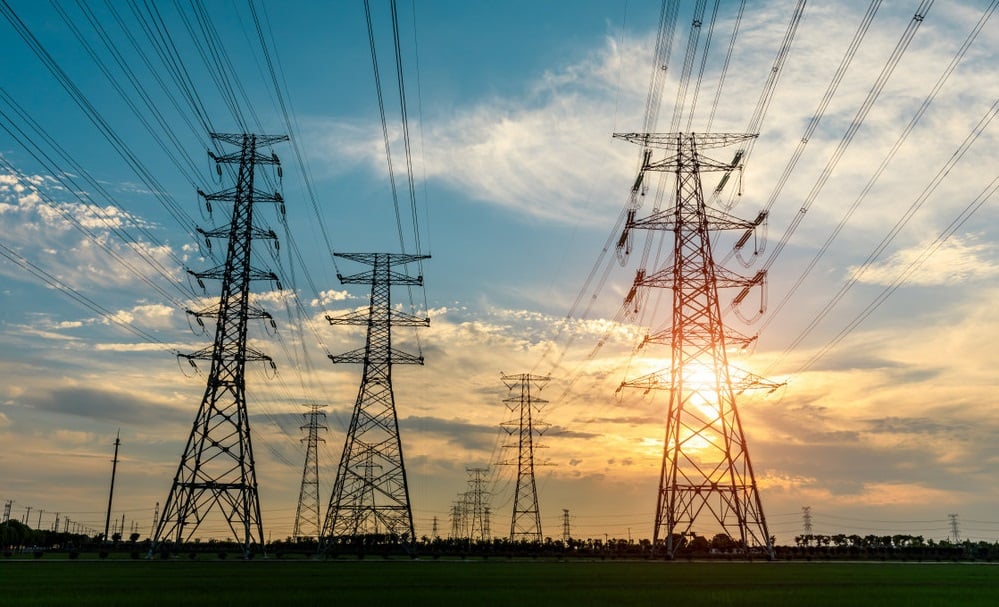
Europe’s main barrier to decarbonising its power supply by 2045 is its aging grid infrastructure, 40% of which is over 40 years old, according to a new report by European electricity industry body Eurelectric.
The Power Barometer 2023 report charts the changes and impacts of the last two years for Europe’s power sector, beginning with the invasion of Ukraine by Vladimir Putin’s Russia that sparked the continent-wide energy price crisis.
Unlock unlimited access for 12 whole months of distinctive global analysis
Photovoltaics International is now included.
- Regular insight and analysis of the industry’s biggest developments
- In-depth interviews with the industry’s leading figures
- Unlimited digital access to the PV Tech Power journal catalogue
- Unlimited digital access to the Photovoltaics International journal catalogue
- Access to more than 1,000 technical papers
- Discounts on Solar Media’s portfolio of events, in-person and virtual
Europe’s energy market has now mostly recovered from this volatility, and deployments of solar PV in particular have grown; over 41GW was installed across the EU in 2022 and the revised National Energy and Climate Plans (NECP) of member states have resulted in a new 2030 solar PV target 90GW higher than before.
However, the transmission networks in place to facilitate this new target are largely out of date and operate on the assumptions of a time when renewable energy sources – particularly distributed generation – were barely considered.
According to Eurelectric’s report, the traditional model of centralised power plants that deliver vast amounts of power through the transmission network that then reach consumers through the distribution network is unable to accommodate the more diverse and distributed generation mix that electrification requires.
Solar is a versatile energy source, and a lot of it will be deployed in small-scale projects that connect directly to the distribution grid, as well as private and residential rooftop PV deployments, electric vehicles and electric heat pumps. A report from EU trade body SolarPower Europe found that in 2022 49.5% of all global solar additions were on rooftops, and the same year saw a 53% increase in rooftop solar capacity additions in Germany, largely due to the knock-on effects of the war in Ukraine that fed the desire for energy independence across Europe.
The majority of grid outages today come from the distribution network, Eurelectric said.
Part of the modernisation of the grid will include a large uptick in energy storage capacity. The report said: “Altogether, storage technologies should reach in total 191GW of capacity by 2030 and up to 488GW by 2050. This is a huge increase from current levels which in 2023 amounted to 6 GW.”
Power Barometer 2023 found a 19% increase in grid connection requests across the EU between 2020 and 2021, whilst over the same period the increases in overhead and underground transmission lines were just 0.2% and 1.7% respectively.
“We need more lines, more digitalisation and more climate resilience to get our grids fit for net zero,” said Kristian Ruby, secretary general of Eurelectric. “This requires a change in the regulatory approach. Grid operators must be allowed to make anticipatory investments so we can start preparing for higher electrification.”
The trade body called for the EU to “modernise tariffs and incentivise anticipatory investments” and “facilitate permitting for grid infrastructure” as part of its proposal for ensuring that the bloc is able to meet its 2045 net zero target.
This isn’t a new concern. In August, a group of renewables associations headed up by SolarPower Europe signed an open letter to the EU calling for a more effective power grid; one of the solutions they identified was a culture of “anticipatory investments” that look to provide for what the grid will need in the future, not just in the present moment.
Energy thinktank Ember published findings in July that call for similar action, claiming that European connectivity has to double in the next 15 years, and PV Tech’s coverage of the Large Scale Solar Europe event in March found that experts on the Portuguese market are were concerned about the challenges presented by both permitting and grid interconnections.
A report covered by PV Tech yesterday from US energy utility Edison International highlighted similar challenges for California’s transition, claiming that the state would need US$370 billion in grid infrastructure and generation investments if it is to meet its own 2045 target.
Eurelectric said that it has seen an 8% increase in EU grid investment from 2021-22, but that figure will need to increase tenfold to 84% annually from now until 2050. Its report said: “The rule of thumb is that we should be investing €0.67 in the grid for every €1 invested in generation capacity. Today, that figure is closer to €0.30.”
The report also discussed the changing landscape of electricity prices in Europe and the need for more widespread electrification across the economy, along with measures for ensuring a fair transition that balances risks and benefits across consumers, providers and individual member states.







